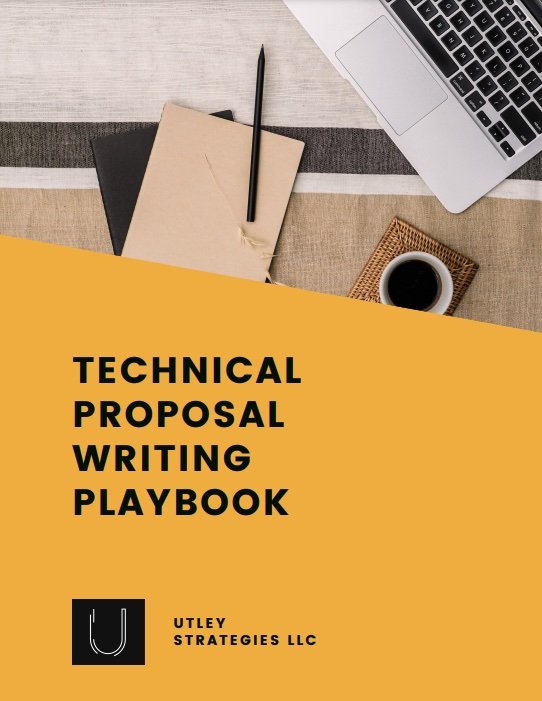One Way to Make Creating Proposals Easier
It’s every sales person’s goal to hear from a client “send over a proposal”. Once you hear those words, however, the next challenge is creating the actual proposal. If you find yourself constantly starting a blank document struggling to point words to paper, there is a way to make the process much easier.
How?
Create a proposal content library.
This may seem obvious, but having an easy-to-use library with key content will save you tons of time when you’re asked to send in your next proposal. There are a few key types of content that you should include within your content library, such as company overviews, key solution descriptions, and staffing information (especially bios or resumes!).
Ways to Make Your Content Library More Useful
Include common content within your template
The phrase “content library” may make you think of separate documents all saved and organized in neat folders, but include the most frequently used content within your proposal template itself can save you time when creating a new proposal. Common types of content to save within your template include company overview, qualifications, and resumes (if you use the same ones repeatedly).
If you do go this route, it is important to remember to tailor that boilerplate content for each proposal since each customer will be slightly different. However, including this most common content within the template will make it easier to tailor and customize each response.
Create customer-focused boilerplate content
Boilerplate content doesn’t have to be boring to read. When creating your content library, envision one particular customer that you are writing to, and develop content that speaks directly to them. Do not be afraid to use “you” and “we” within your proposal -- it makes it more personal and persuasive. Include easy-to-replace placeholders for client’s names (such as [Client Name], which you can then find and replace with the actual client’s name when you create your real proposal.
Tip: you should mention the client’s name more than your company. Do a quick search in your boilerplate content to confirm that “client” (or whatever placeholder text you choose) appears more times than your company name (ideally 2:1 ratio).
Invest in a proposal software
If you find that you respond to a lot of RFPs or create many proposals, it may be time to leverage a tool created for this purpose. Many proposal tools allow you to create a content library, which can easily be dragged and dropped into place for your proposal. Some even have advanced analytics to give you insight into how your proposals are being received. You can choose the best one for your needs based on how sophisticated your proposal process is as well as the total number of licenses you will need.
Example proposal tools include Proposify, PandaDocs, Seismic, HelloBonsai, RFPIO, RFP360, and Qwilr.
Create organization structure
If you choose to not use a proposal tool to manage your content, an easy way to keep track of all your content is to create a master document that links out to all of your content so you don’t have to search from files. This allows you to easily search within the document for the content you need and then directly open that file to add to your proposal. This is preferable to simply reusing content from past proposals, which requires that you remember exactly which proposal had that content that you’re trying to find.
Update After Each Proposal
The issue that many companies have with content libraries is that the content quickly becomes out of date because it hasn’t been updated since it was originally written. To avoid this, review and update content after each proposal ideally or every six months at a minimum. Your company is constantly evolving, and your proposal content should be too. It does not have to be a full rewrite of content. You can simply tweak a sentence or two as needed. With this ongoing maintenance, however, you will get better use out of your content and save time on the next proposal.
Download the *FREE* Technical Proposal Writing Playbook to improve your proposals today!
Next Steps for Better Proposals
Now that you know how to maintain your content library, it’s time to start creating content! If you need help, we’re here when you need us. In the meantime, check out related posts for more proposal inspiration.



